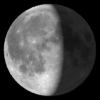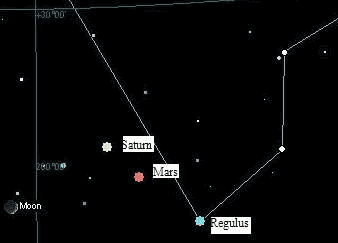

After several nights of the sky being overcast or having a magnitude of 2 or 1, we spent a lot of time studying types of clusters, and the life of stars.
On July 4th we were able to watch the following satellites: at 2224hrs MetOp-A; and at 2243hrs Envisat passed at 65° overhead passing SSE to ENE for 3 minutes at a magnitude of 3.0. There were four of us viewing this.
On July 5th 1040 P.M. we did some 7x50 binocular viewing of Arcturus and Saturn and Mars. I had four adults and five children with me. The sky was at magnitude 6 and we were able to make out six stars of Ursa Minor’s little dipper.
On July 6th 10:30 P.M. we again viewed Saturn at 4.3 magnitude, Mars at 2 magnitude & Regulus at 4 magnitude.

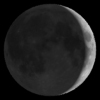
July 15th I was out with three children & four adults looking at Scorpius with Binoculars and we were looking at Antares, Alpha Sco, Beta Sco and just scanning the area. I viewed two bright stars about 10° South East of Beta Sco and observed a gray Fuzzy Glow around them. Of course the kids asked what that was so I looked in my library. I thought it may be M80 but some books says it’s not visible thru Binoculars so I thought it was the double below Beta Sco W1 & W2. But doing a search on the net (see picture) I found a shot of M80 with 2 bright stars so I am assuming what we saw was M80.
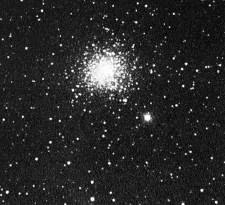
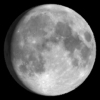
July 23rd I had 6 others with me and we used the 4 1/2” Newtonian telescope and viewed Jupiter. We could not see any details of the surface due to Jupiter’s Brightness -2.7, but the four moons were in line with each other. I don’t know if it was because of the atmosphere or if I need a filter, maybe someone will help us. I think it’s because Jupiter was so high it is reflecting more of the Sun.
![]()
